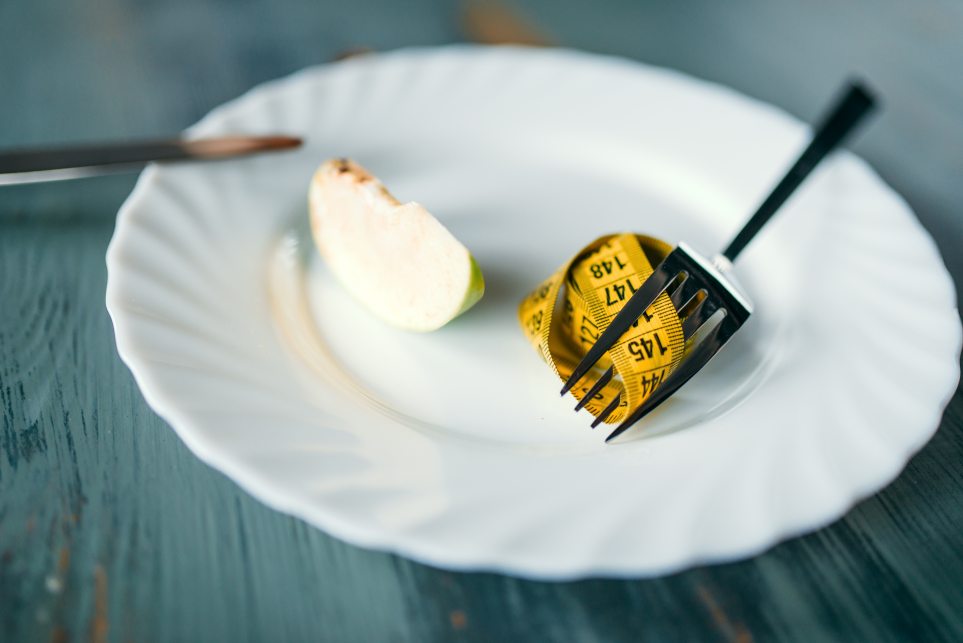Symptoms, Types, Causes, Treatment, Prevention
- Athlete’s foot is a fungal infection that causes itchy, flaky skin between toes and on foot soles.
- You may also experience foul-smelling feet and changes in skin color depending on what type you have.
- You should start to feel relief about two weeks after starting treatment.
- Visit Insider’s Health Reference library for more stories.
Athlete’s foot, also known as tinea pedis, is a type of fungal infection called ringworm that affects the feet. It occurs most commonly between the toes or on the soles of the feet.
Athlete’s foot is quite common and is estimated to affect 3%-15% of people
Contrary to the name, you don’t have to be an athlete to contract it. The name came about because it is commonly caught and spread in places athletes frequent like gyms and locker rooms.
But the fungus thrives in any moist, humid environment — like sweaty socks — whether you’re an athlete or not.
Jason Rizzo, MD, a dermatologist and research assistant professor at the University at Buffalo, says that these fungal infections typically remain on the outer layers of the skin and are usually mild and easily treatable.
Here are the symptoms and causes of athlete’s foot, along with some tips on treatment and prevention.
Symptoms
The first sign of athlete’s foot is usually itching on your feet, especially right after taking off your socks. There are different types of athlete’s foot, but they all tend to cause:
- Itching and burning of the affected area
- Cracking, flaking, or peeling skin
- Skin color changes to reddish, purple, or gray
Specific additional symptoms depend on which type of dermatophyte is causing your athlete’s foot.
Toe web
Toe web type is the most common type of athlete’s foot. Symptoms include:
- Pale, moist, whitish skin between your toes
- A foul odor
- Frequently occurs between 4th and 5th toes
Moccasin
Moccasin type appears on the sole and heel of the foot and includes:
- Irritated, itchy skin at first
- Skin that cracks, thickens, and peels
- Can affect your toenails in severe cases
Vesicular
Vesicular type causes sudden bumps or blisters, most commonly on the instep of the foot, though they can appear anywhere on the foot.
Ulcerative
The rarest type of athlete’s foot is called an ulcerative infection. For this type, open sores appear between your toes and sometimes the bottom of your feet.
Causes
Athlete’s foot is caused by a fungus called a dermatophyte. Dermatophytes affect parts of the body that contain keratin — skin, nails, and hair — and cause an infection called tinea.
Tinea infections occur in various areas on the surface of the body and are differentiated by their location. So athlete’s foot is called tinea pedis, while jock itch, caused by the same fungus but appearing on the groin, is tinea cruris.
Rizzo says athlete’s foot is mildly contagious and can be spread directly through contact with infected skin, or indirectly through items like towels, shoes, or floors. Cats and dogs can also carry the fungus and be a source of infection.
Dermatophytes thrive in warm, moist environments. You are most likely to be exposed to it by walking around barefoot in public areas like pools, lockers rooms, saunas, and shared baths and showers.
While anyone can get athlete’s foot, you are more likely to contract it if you have:
- Diabetes
- A weakened immune system
- A history of athlete’s foot
- Poor foot hygiene like not drying them completely after showering
Treatment
Once properly diagnosed, athlete’s foot can be treated with at-home remedies and over-the-counter topical antifungal products. It usually goes away within two weeks, says Emmanuel Fuzaylov, DPM, at Best Foot Doctor NY.
Anti-fungal products come in various forms — creams, sprays, and gels. Choose a type that’s most convenient for you and look for a product that contains any of the following antifungal medications: clotrimazole, tolnaftate, miconazole, or terbinafine.
When you have athlete’s foot it can spread from your feet to other parts of your body, so try to avoid touching your feet and be sure to wash your hands if you do. Be diligent about keeping your feet clean and dry and wearing fresh socks.
Fuzaylov says you should see a doctor for athlete’s foot if you have
, a weakened immune system, or see signs of infections such as pus discharge, red streaks extending from the area, or if you have a fever.
If you have tried OTC medications and symptoms haven’t improved within two weeks it’s a good idea to check in with your doctor, as well.
Prevention
Fuzaylov says the following can help prevent athlete’s foot:
- Wear well-ventilated shoes and let your feet air out when possible
- Change socks regularly and wash your feet daily
- Avoid walking barefoot in public places such as bathrooms, locker rooms, pools, saunas, and showers
- Avoid sharing shoes, unwashed bedding, or towels with others
Insider’s takeaway
Athlete’s foot is a common fungal infection. Fortunately, it is usually treatable with over-the-counter medications and you can use some simple hygiene habits to help prevent it.

